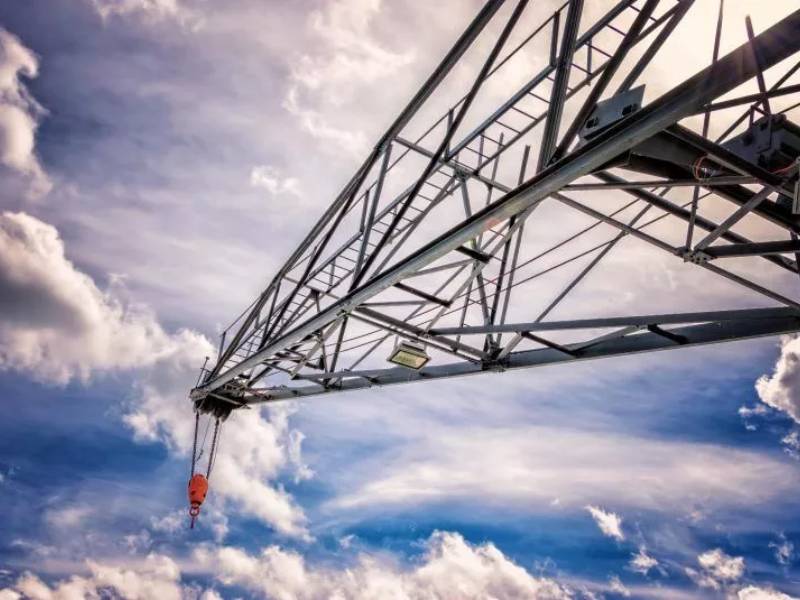In M&A processes and discussions among experienced market participants, companies are being analyzed in a rather logical manner, that often uncovers contradictions at a rather early stage.
In the process participants usually employ so called „frameworks“, whereby „value chains“ belong to the arguably most productive and therefor also frequently franeworks used, showing to which degree companies contribute to creating and enhancing the value of products and services they provide. At the same time value chains are perfectly feasible to highlight dependencies (which processes are being handled internally and which, incurring which risks, externally). A popular illustration can be found here.
In this sense value chains render companies and their processes more transparent and are furthermore suitable to highlight unique selling points. One example includes otherwise entirely digital e-commerce companies that manage processes, such as the personalisation of goods, internally and thereby have a production interface. This may represent a competitive advantage over players that outsource these kind of operations. The same value chain framework can be extended easily to take a closer look at supply processes as well as sales channels. Which then leads to an integrated picture of company processes and procedures that contribute greatly to „get a grip“ on, thus a first rough understanding of a company.
At the same time frameworks obviously have their limits. One may go as far as to say that one wears blinkers while using these kind of tools. In this context the 5-forces model, to be found here, helps to reach more of a 360 degree understanding.
Regardless, any kind of framework can be said to overly simplify complex situations. But then again these models are by far not as trivial as they appear. Maybe you therefor think about your own company in terms of these two frameworks before you talk to a potential investor or buyer next time around. They will likely not seem to you as 100% suitable for your business model, but you might notice that the experienced investor tends to touch on these topics when discussing your company.
By way of illustration we could now apply these frameworks to a ficticious company to assess it in general terms, or, specifically, with regards to the claim that the business model is „free of risks and no competitor in sight“.
But one may also change to a subject that is familiar to more people. For instance electro mobility as marketed under the label of sustainability. At the same time sustainablity is a rather broad term and neither limited to CO2 emissions or even matters of ecology, as the first three paragraphs of this article illustrate. But let us stay with the ecologic aspect for now to keep this journey brief and understandable.
Having looked into the topic of value chains one would first of all check the validity of the adjective „sustainable“ based on (natural) resources needed in the sourcing and delivery process of components. How about the production of the actual „electromobile“ vehicle? Under which conditions, employing what kind of energy, by generating which emissions are the vehicles assembled, marketed and made available to the market? What is the expected (and actual) lifecycle of the product as well as its components, what are the conditions and risks of the disposal (and/ or recycling) process? This few questions may already lead to the realization that one knows somewhat less than necessary to independently assess the sustainability claim.
Given the recent acquaintance with the 5-forces framework one might additionally inquire about potential dependencies in the supply process. Or how substitutes, thus potential alternative products and solutions, should be rated in view of aforementioned criteria, including lifecycle issues. Not least – what do clients want (to the extent clients still have a choice)?
To only then judge, whether the distinction „sustainable“ should be awarded in the first place. Or whether we should rather say, that the claim „sustainable“ is in most cases rather akin to the statement „our business model is risk-free and we have no competitors“
But of course these topics are far more complex than the finite area, composed by the target company and the environment it operates in, that we look at in M&A processes. All the more important to lay a foundation of trust and transparency in the very early phase of the process. To which the know how of even simple frame works may contribute a great deal on both sides of the table.











